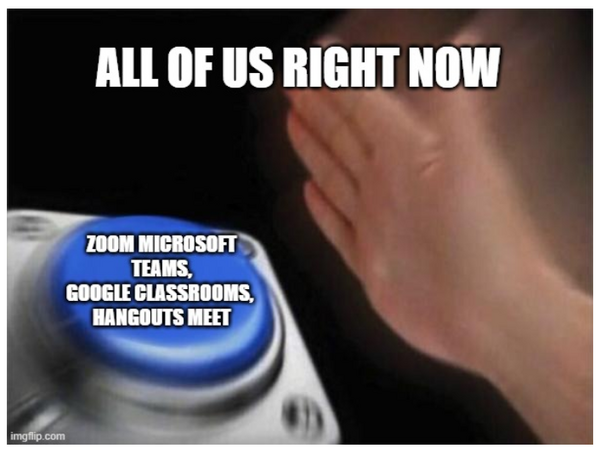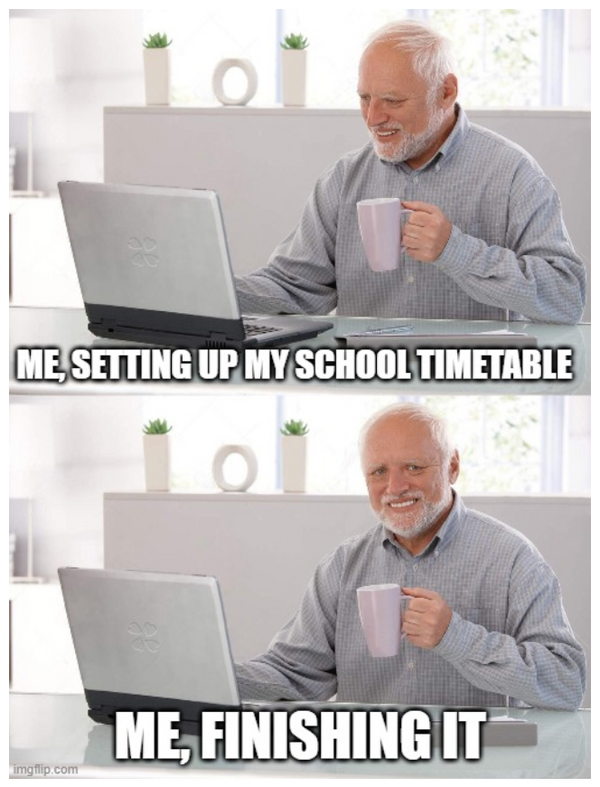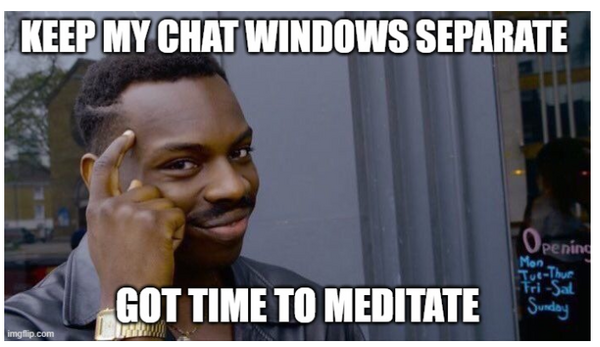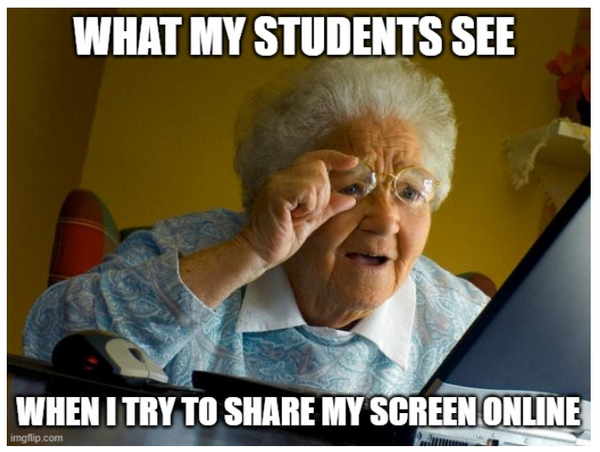At some point, many of us have joked about wanting to be home-schooled – having a lie-in, playing video games at lunch, and relaxing in the garden between classes. Learning from home sounds good doesn’t it? What about teaching from home?
We asked IT-teacher and textbook author Peter Kučera about his experiences and asked for recommendations for teachers in the same situation.
“Twenty years ago, a colleague of mine dreamt that one day she’d be teaching from the sofa at home”, says Peter. “This seemed like sci-fi at the time but with the introduction of digital technologies in schools, it seems her dream might finally come true.”
Without the current crisis, schools would not have realised the advantages of online education. Every cloud has a silver lining.
“We made online classes available in about a week. However, we discovered that students enjoy social contact and want to talk to each other and to the teacher. Believe it or not, they miss school and they’d like to go back,” says Peter.
To help teachers stay sane, we’ve compiled some advice to help you through these strange times. Look on the bright side – no after-school detention for a while!
What are our objectives?
The primary objective is not to use technology just for exams and testing. The important thing is to find the right content and methods to meet our educational goals. It is more important to communicate with students and to create an atmosphere which motivates students to learn. Back to teacher training basics!
Adjust your goals to the current conditions – teach critical thinking, communication and remote collaboration. Give children time to do activities you normally don’t have time for at school. There is time to read, draw, paint or code. Fostering creativity will keep young minds active.
While thinking about the technology, don’t forget the students. Is there a shy kid in your class who never puts their hand up to answer a question? You still need to make sure they’re engaged. Give them a digital ‘nudge’ now and again to make sure they’re OK.

Use existing resources
The internet is awash with resources to help students of all ages to learn, but it can be a little overwhelming to know where to start. To make teaching as streamlined as possible, try to use existing school resources, such as the school website. That way, kids have a trustworthy online source for their information.
If your students know exactly where they need to be getting their information from, they’ll be less likely to fall for a phishing email, or accidentally click on malware disguised as a download – after all, the last thing the class needs is a cyber-attack… although it would be a creative excuse to get out of doing homework!

Also, you can show your students our animated video about protection from Covid-19 and online viruses:

How to start teaching remotely
Before you start, you need to choose a suitable tool. Ideally, use a school-wide or at least a grade-wide solution. The tool should be selected by the school management in collaboration with the teachers.
Use social networks, live streaming, group phone calls etc. Some companies have made their services available to schools free of charge, and they may also offer help in implementing them. The most popular online education tools schools can choose from are Zoom, Microsoft Teams, Google Classrooms, Hangouts Meet, Cisco Webex Meetings and Moodle.
Zoom’s been in the news recently. If you use it, make sure it’s the latest version and apply updates when they’re available. Find out what effective measures you can take to protect your security and privacy when using Zoom. Never share sensitive content! Teachers should protect each session – use the Zoom help page to set security measures. Likewise, Moodle has had vulnerabilities exposed so check your security settings.
However, if you want greater efficiency, do a little research on the most popular online teaching services. ESET Chief Security Evangelist Tony Anscombe shares advice on how to keep your virtual sessions private and safe while you're holed up at home during the pandemic.

How to organise online education
Remote teaching can mean it isn’t so easy to schedule class times. Many kids will have parents working from home, with their own schedules and calls to work around – Mum or Dad’s company budget conference call isn’t quite what we had in mind for economics class!
Create an online class timetable – the simplest solution is to plan classes using the existing school timetable. Don’t forget that a child cannot spend the same amount of time they spend in school, sitting in front of a screen. Not all the classes need to be included.

Sometimes less is more
Remember that public service broadcasters have included home-schooling programming in their schedules. Let your students know about relevant programs and avoid scheduling online classes at those times.
Schedule your sessions at least two days in advance, so both the child and the parents can adjust to the extra online class.
Ping! Ping! Ping! You might feel overwhelmed by information if there’s a constant flow of notifications from different sources. Everyone should use a single communication channel. Go easy with deadlines – give students some flexibility so no one has to claim their digital dog ate their homework!

Tech troubles
It’s important to have other tech options as a backup. Not every child will have a great internet connection, or they might be sharing a computer with their siblings. Consider recording ‘mini lessons’ for your students, as this can help to break down their day into manageable chunks.
Lay down some rules with your students. Ask them to turn off microphones when not talking and suggest they use text chat to ask a question during a class.
Don’t be afraid to experiment. Ask the experts! Your students are digital natives – they probably know the answer.
“One teacher, while preparing for a lesson, asked her own kids for help – testing the lesson and the environment with them (task assignment, evaluation, etc.),” recalls Peter.

Cyber-security
The range of tech options available to us in 2020 is fantastic, but it’s important to not lose sight of the risks that come with any form of technology. Sadly, there are people out there taking advantage of the increase in remote and digitised learning, so it’s crucial to stay vigilant – especially when children are involved. Ensure your operating system and software (such as your browser) are up to date and your devices run on a secure connection. Also, make sure you’ve invested in cyber security software for your home devices and are using two-factor authentications for any remote access tools you might need to use. The good news is that ESET is now offering Internet Security solution free for 90 days, meaning hackers can’t get to you or your students, no matter how much they might want to steal their science homework!
As the use of tech devices inevitably increases, take this opportunity to talk to your students about the importance of cyber security, and how they and their families can implement best practices. After all, their parents might not have thought about cyber security either. IT class has never been more relevant!

Don’t overburden your students
It might take longer to do the same amount of work without the immediate support of school. Allow plenty of time for students to do other things.
Carefully choose the aids necessary to complete tasks and assignments. Remember that parents will not have some things readily available and that it may be difficult to obtain them. Offer alternatives or find out in advance whether getting a certain aid poses a problem. Remember – kids might have multiple deadlines from different teachers.

Stay open to feedback
Help each other – coordinate your efforts, share your experiences and learn. Feedback from students can be really useful. How long did an assignment take? How much screen time was necessary? Most importantly – are they happy?
